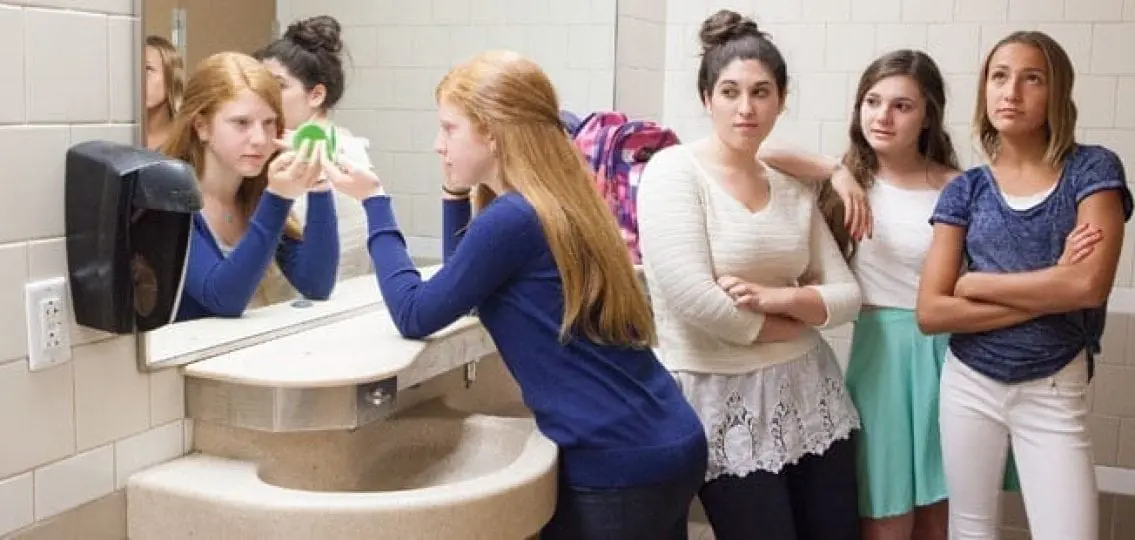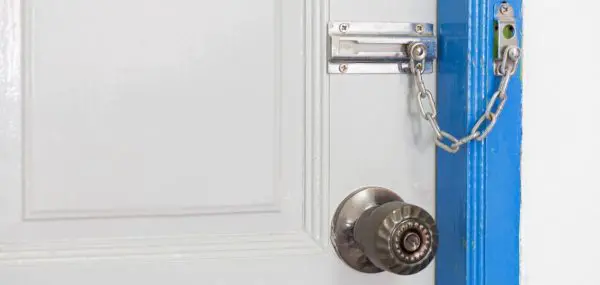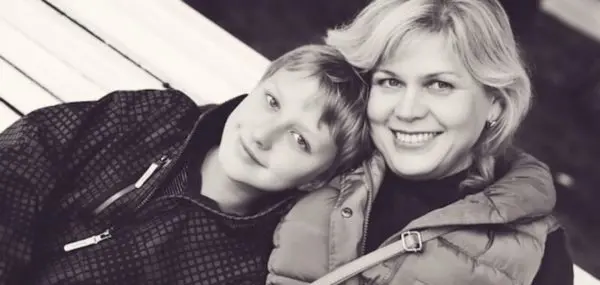One of the more common complaints I hear from middle school girls is, “She’s so fake.” Being “fake” is considered a top social crime among young teens as they begin to come into their own, and often are told by adults and peers to—above all else—“stay true to yourself.”
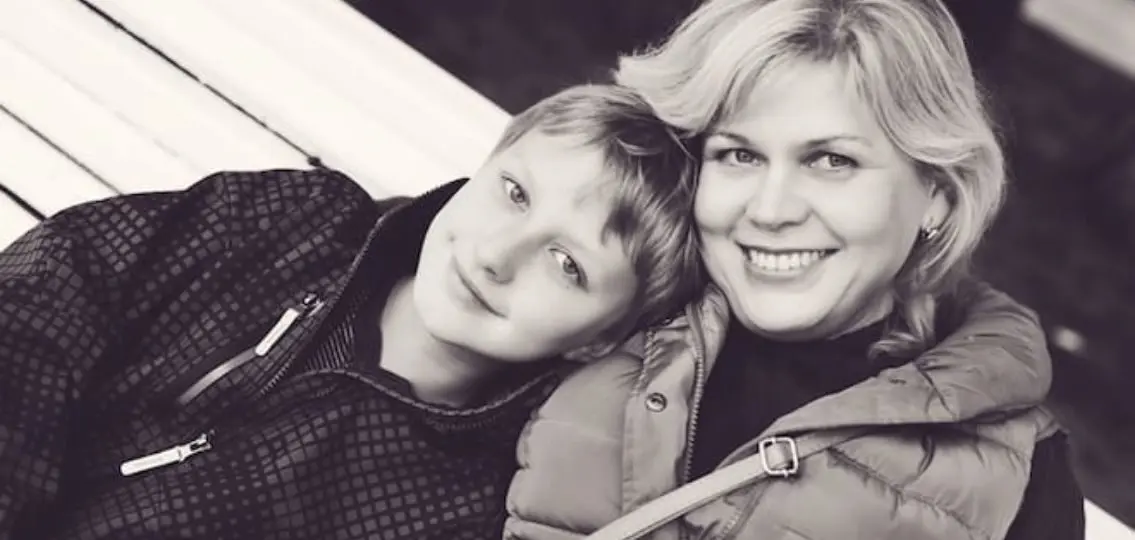
In middle school, I’m not sure that advice means much.
Kids are just figuring out who they are at this age, and their sense of identity waivers many times, even over the course of a single day.
The sixth grader who experiments with putting on makeup in the morning before school is the same middle school girl who wants to cuddle her stuffed animals at night. She’s not being “fake” when she waffles between these personas. She is caught between a myriad of possibilities regarding who she is and might become.
It is the job of every middle schooler to develop an identity apart from her parents. Identity development requires taking some risk and figuring out what she likes and what she doesn’t. How can this be done without trying new things? Imagine you and your family go to a Chinese buffet for dinner on Friday nights. Every Friday, you get the lo mein and egg rolls. But one Friday you think, I wonder what the Szechuan chicken is all about? You bring your plate back to the table and your family looks at you suspiciously. Your son rolls his eyes. Your daughter whispers, “Way to be fake. You always get the lo mein and egg rolls. Who are you trying to be?”
That would be weird, right? The point of adolescence isn’t to know who you are and to be true to yourself. The point is to figure it out. And figuring it out means bellying up to the buffet of experiences life has to offer, taking some risks, and trying new things.
What’s wrong with trying out new friends, new interests, and new personal styles?
Is the middle school girl who goes Goth for a few weeks really being fake, or is she being brave?
I like that angle much better.
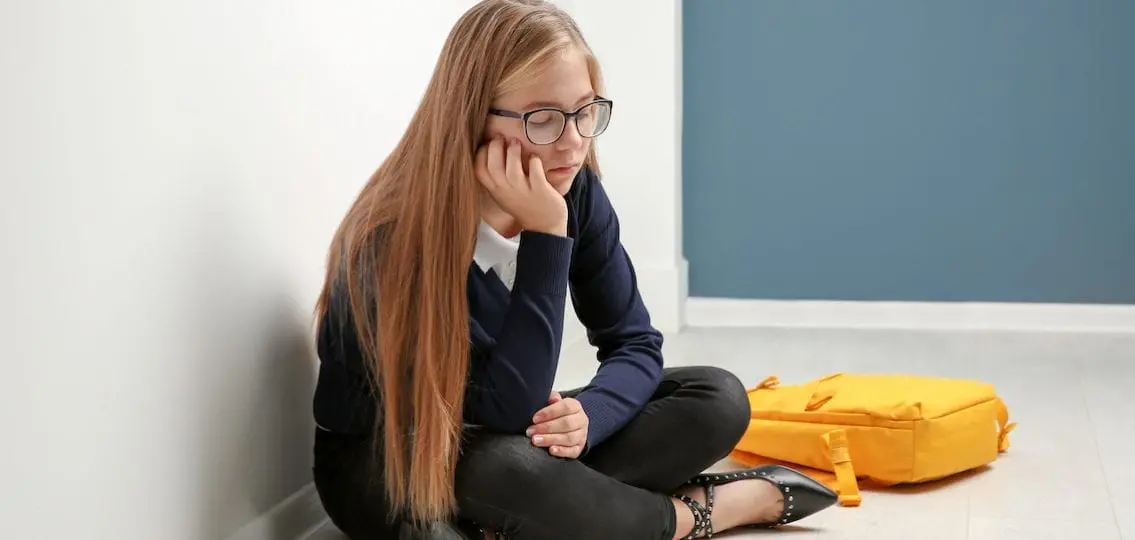
Middle school is the right time to take risks. In fact, the adolescent brain develops in such a way that critical thinking and impulse control are purposefully dimmed during the teen years so that risk taking can assume a more prominent role in teen life. It sounds scary, but teens need to be driven toward risk-taking if we ever expect them to do the important (yet risky) work of leaving home and being self-sufficient. Obviously, we want to discourage the kinds of risks that put our kids in danger, but the rest of the buffet should be wide open.
